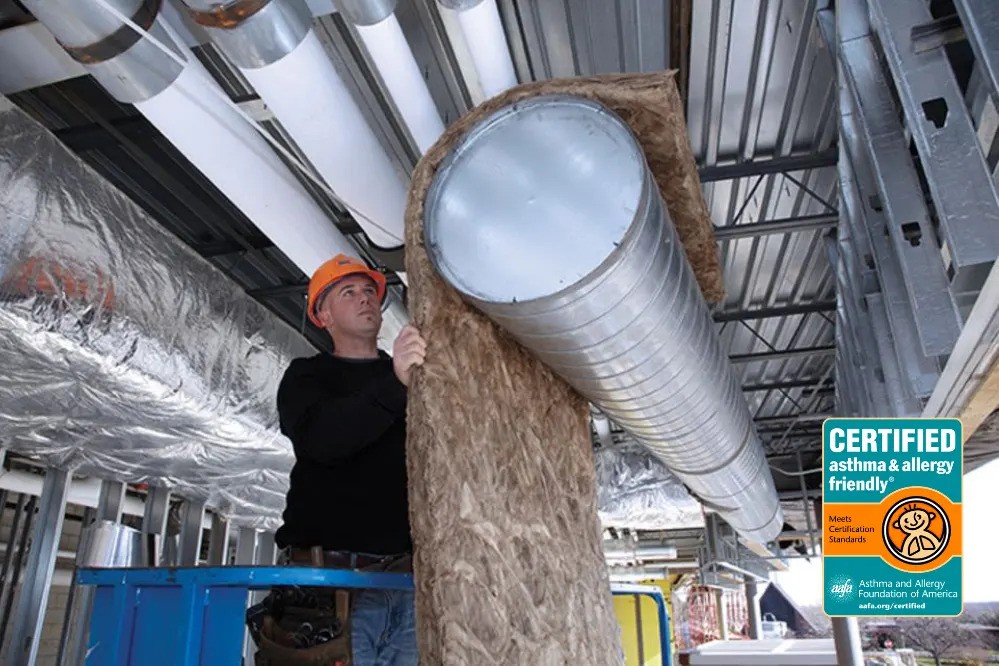
Buildings are a lot like restaurants—hear me out! Consider the boom in farm to table restaurants. Diners delight in and chefs pride themselves on utilizing local, seasonal ingredients to create dishes that reflect the region and champion sustainable practices. Buildings are much the same. They consist of a selection of ingredients that reflect the design principles and impact the embodied carbon in the finished product. And just like the journey of food from farm to kitchen, where those building materials came from matters.
Every material chosen and every building erected leaves an indelible mark on our planet. The concept of embodied energy and embodied carbon provides a lens through which we can measure this impact, tracking the energy consumed and carbon emitted from the extraction, production, and transportation of building materials. For architects and builders committed to a future of sustainable architecture that minimizes the ecological footprint of our built environment, choosing sustainable building materials is a crucial step.
What is Embodied Carbon?
Embodied carbon refers to the total carbon dioxide emissions that occur during the full lifecycle of the material. That means adding up the greenhouse gases produced in extraction, production/processing, transportation, installation/construction, all the way to disposal.
Similarly, embodied energy represents the total energy required to produce any building material throughout these processes. Together, they offer a full picture of a material’s environmental impact before it even arrives at a construction site. By choosing materials with lower embodied energy and carbon, architects and builders can significantly reduce the overall environmental impact of their projects.
Let’s explore two common building materials that illustrate the variance in these environmental impacts:
Concrete: Concrete is widely used for its strength and durability, but it has a high embodied energy and carbon footprint. The production of Portland cement, a key ingredient in concrete, involves heating limestone and other materials to high temperatures, which consumes significant amounts of energy and releases a substantial amount of CO2. Moreover, the extraction and transportation of raw materials add to its overall embodied carbon. Concrete’s extensive use in construction globally makes it one of the biggest contributors to carbon emissions in the building sector.
Timber: On the other hand, timber presents a stark contrast. As a renewable resource, timber has a much lower embodied energy when sourced sustainably. It absorbs CO2 from the atmosphere during its growth phase, effectively storing carbon until the end of its use. When processed using energy-efficient methods and transported over shorter distances, timber’s embodied carbon remains relatively low. Additionally, timber that remains in good condition at the end of its life can often be recycled to manufacture wood-based products such as panels, mulches, or paper or converted into biomass energy as an alternative to fossil fuels.
Of course, architectural designs will determine some of the needed characteristics of your building materials, such as strength, fire resistance, R-Value, and more. But when faced with building material decisions, consider sourcing as a key calculation in its embodied carbon.
Source: https://www.timberhp.com/sustainable-building-materials

Beth Gentry is an American author and writer based in Boulder, Colorado. Her novels, which often explore themes of nature, family, and personal journeys, have received critical acclaim and won prestigious awards. Gentry’s short stories have been published in renowned literary journals, and she has also taught creative writing courses at the university level. Gentry holds a Master of Fine Arts degree in Creative Writing from the University of Iowa and a Bachelor of Arts in English Literature from the University of Colorado Boulder.



